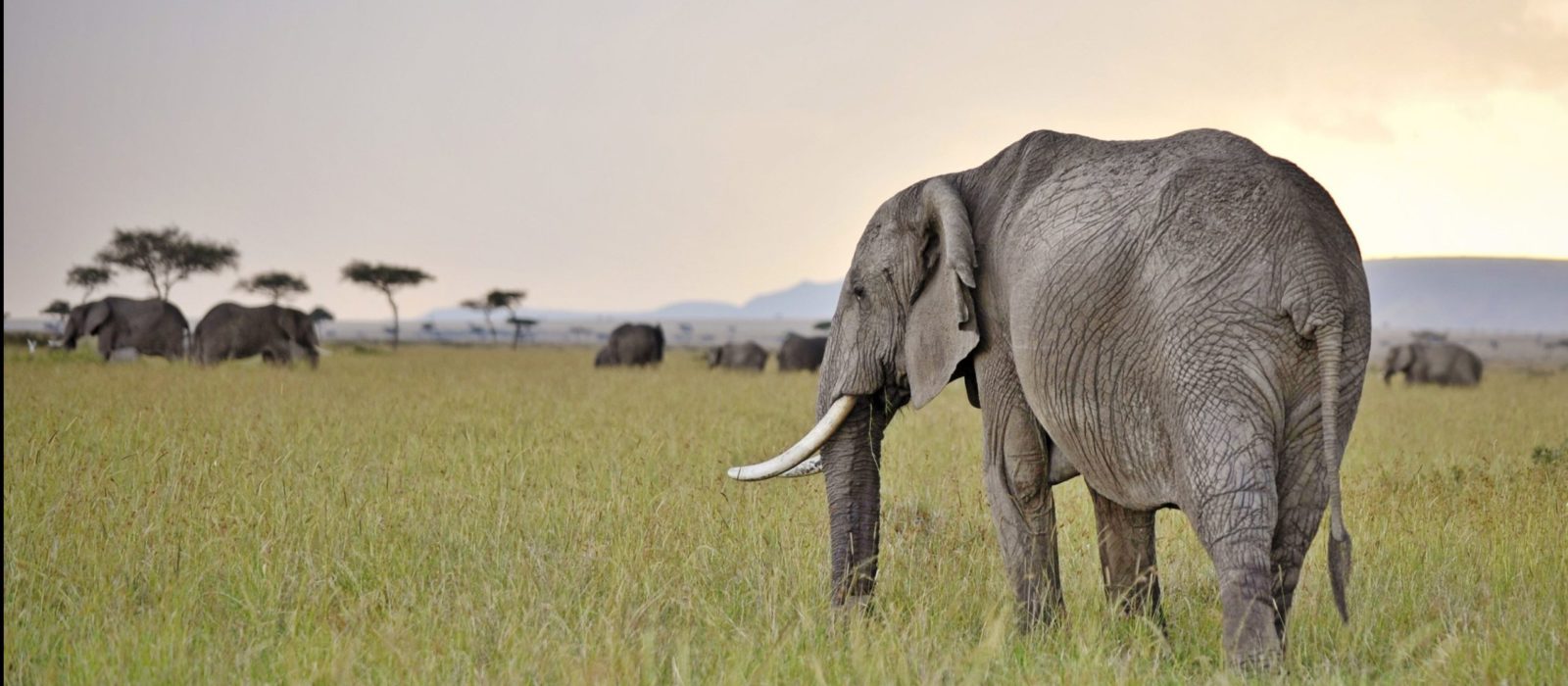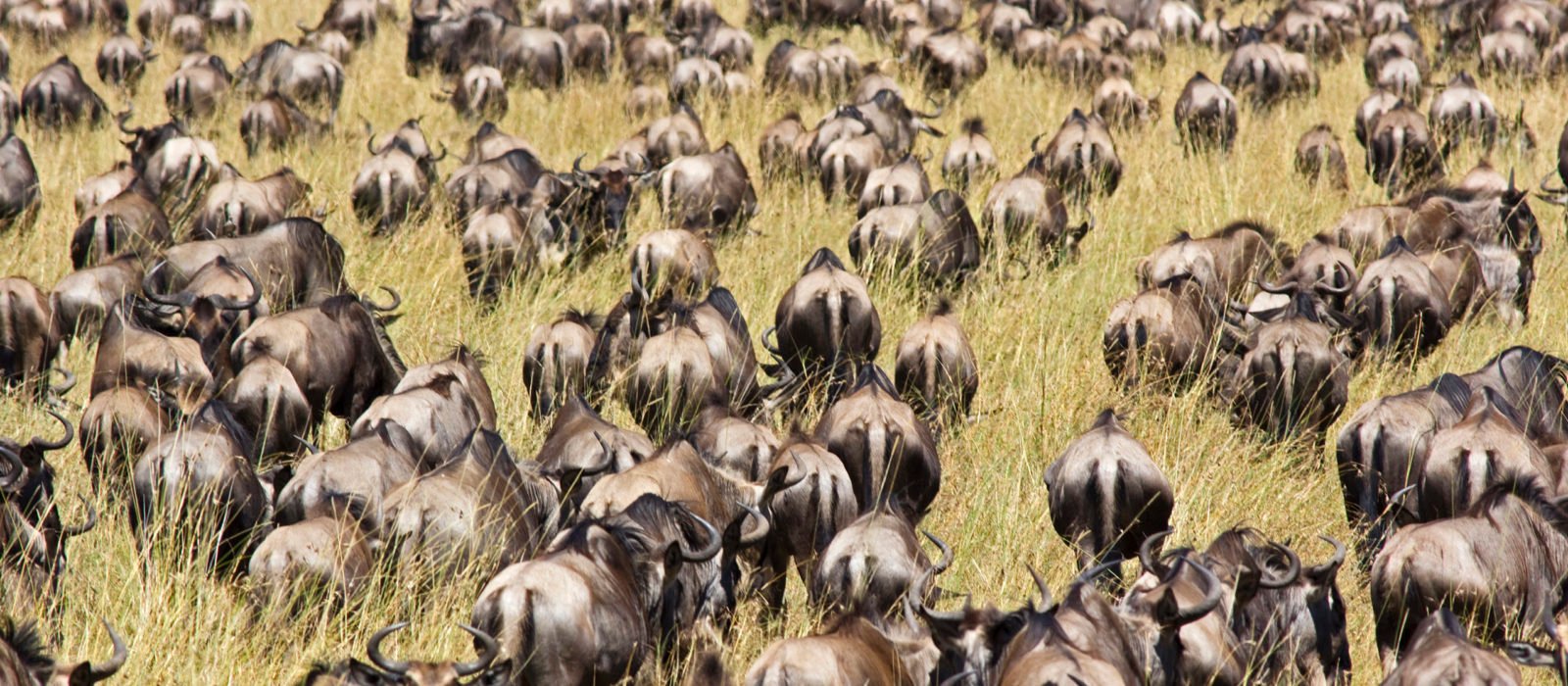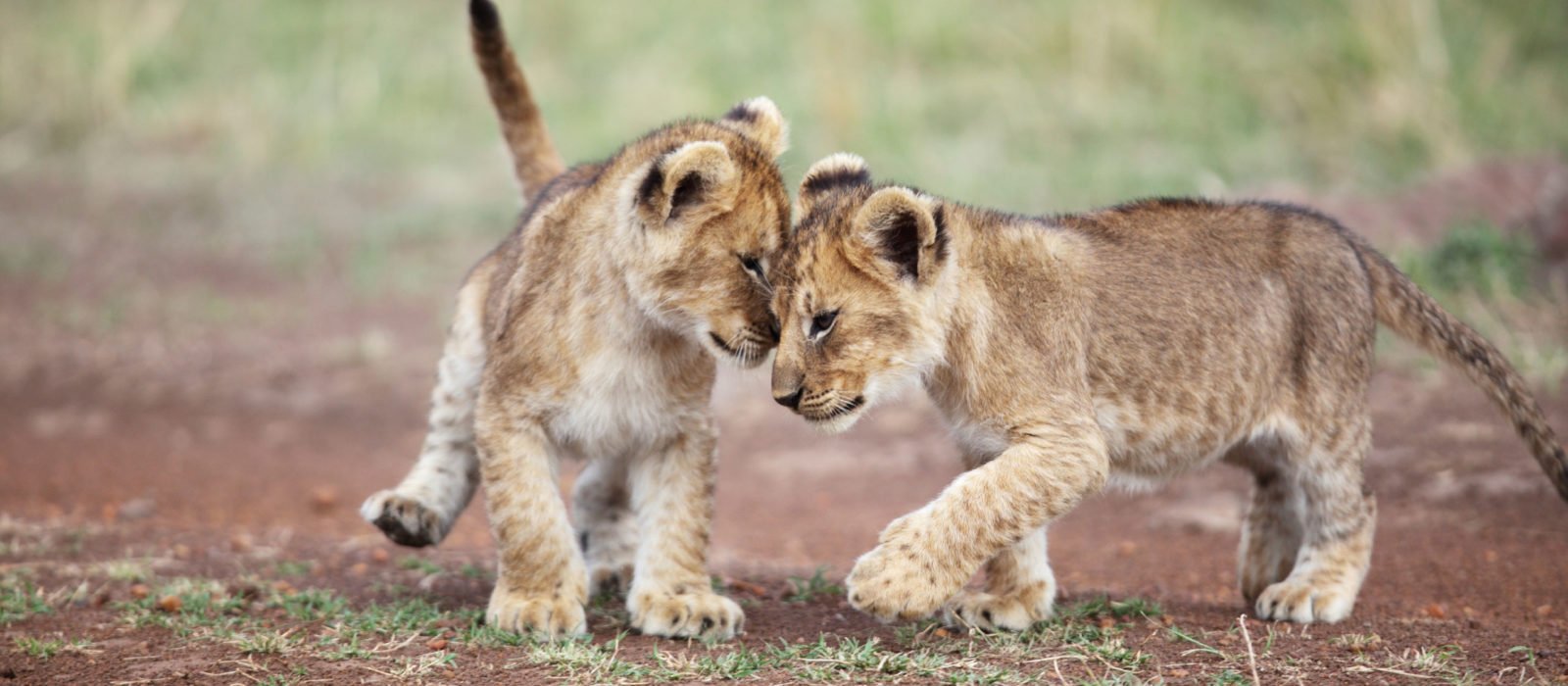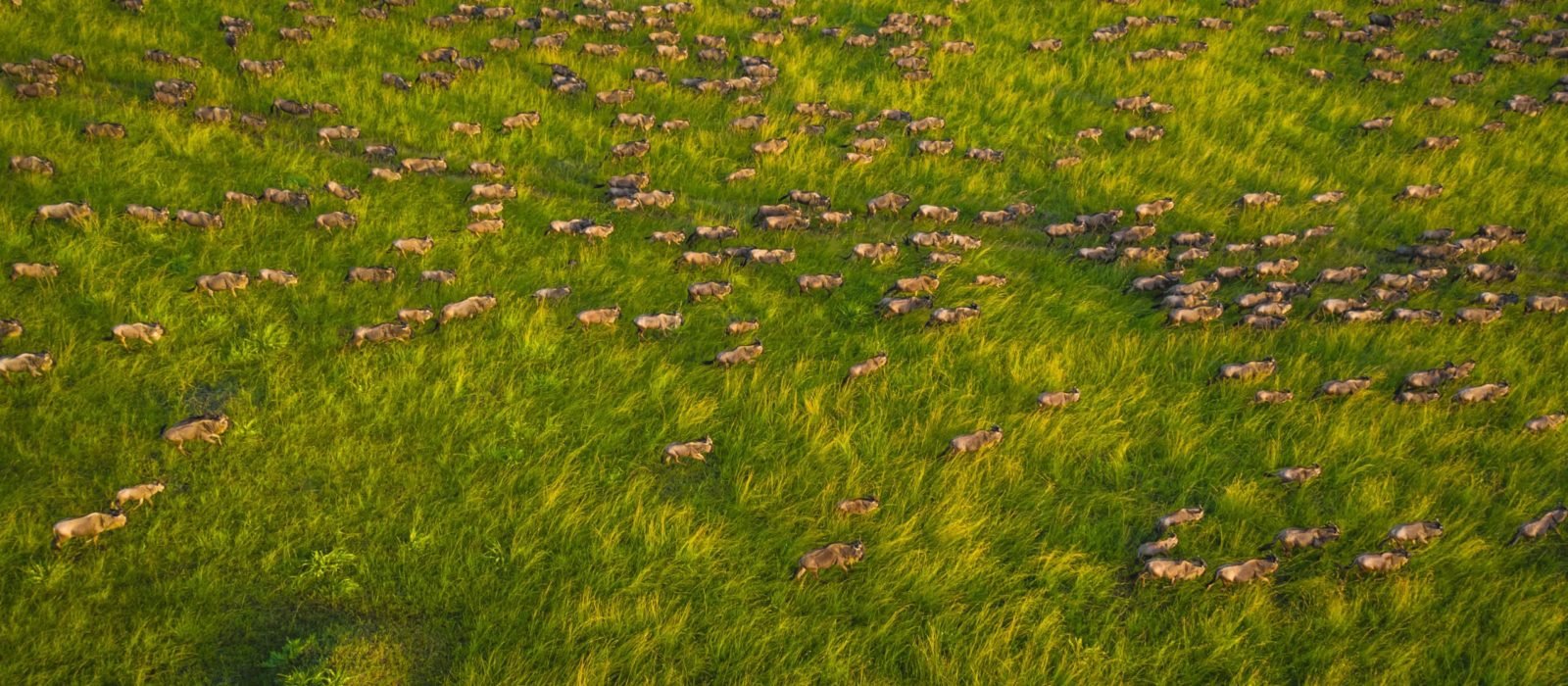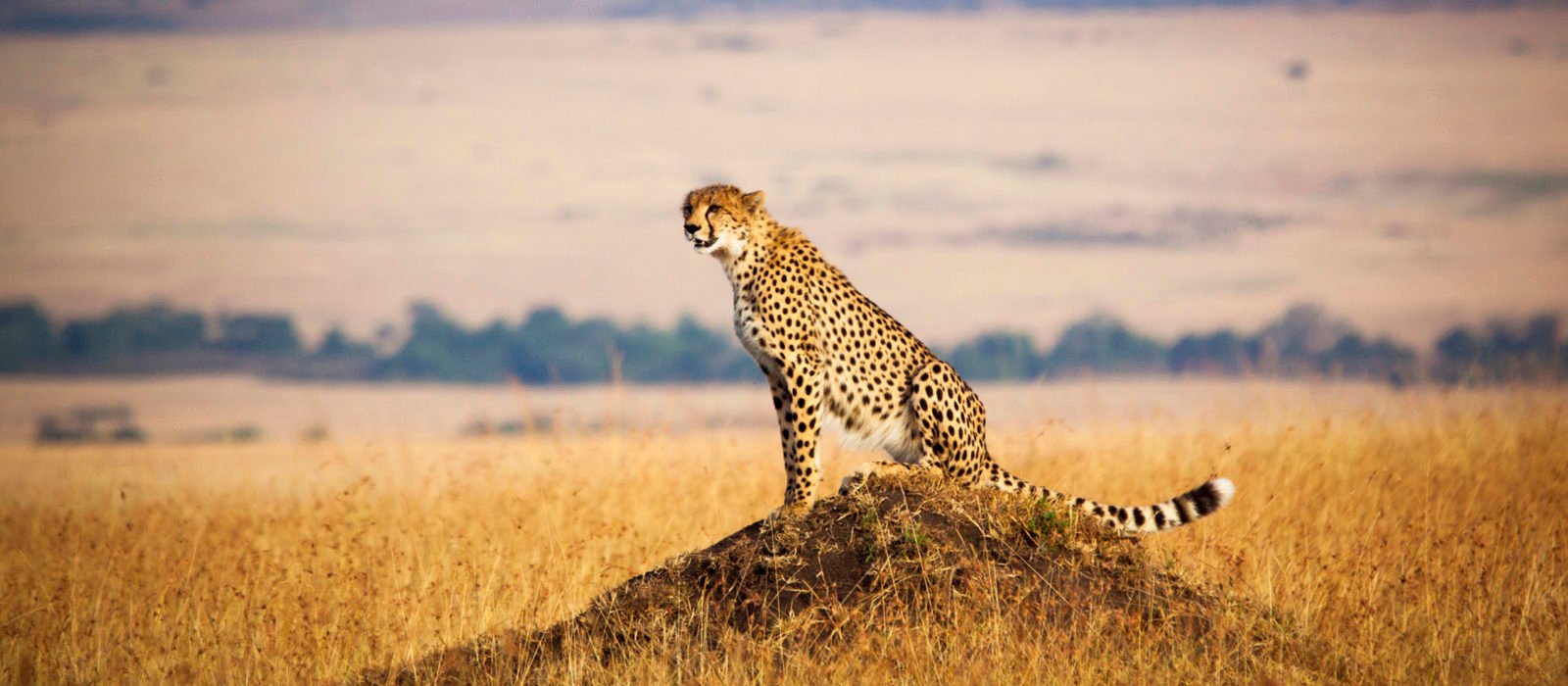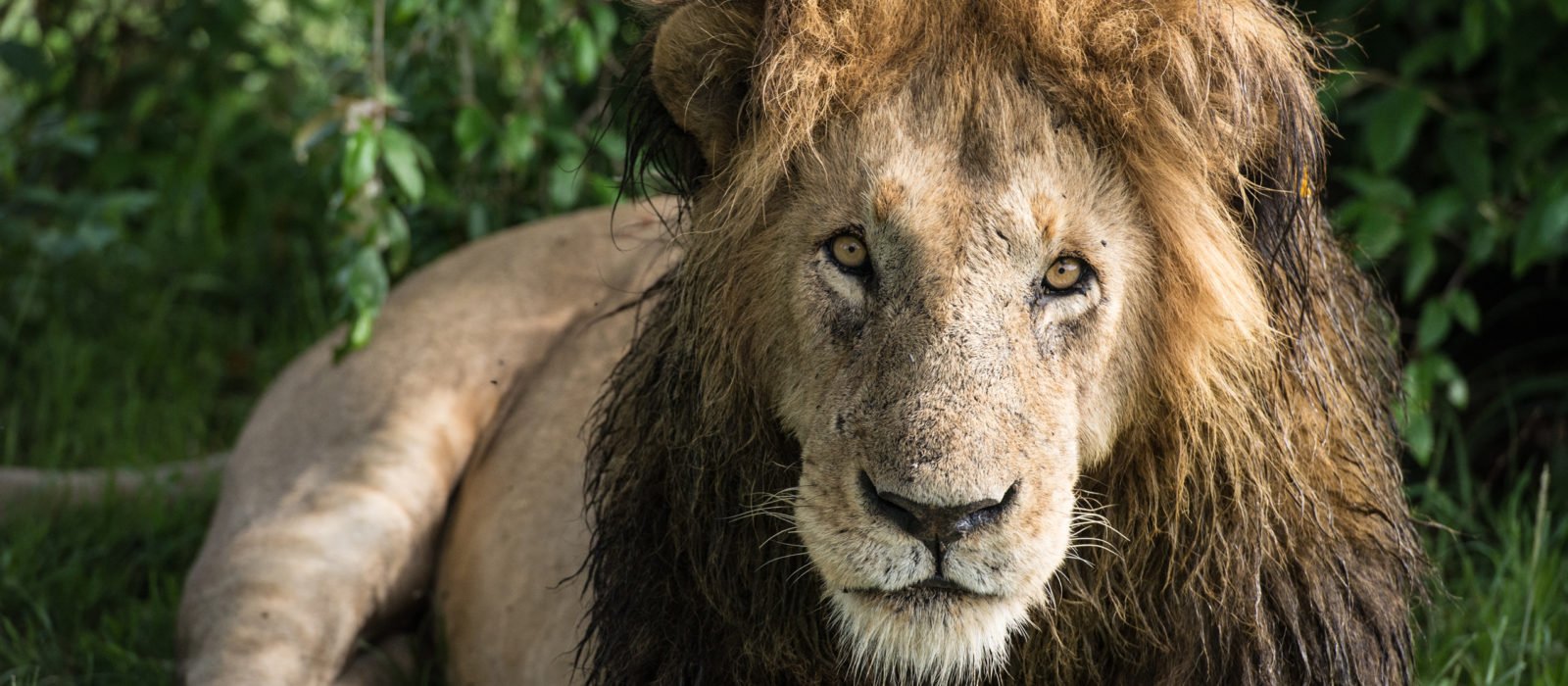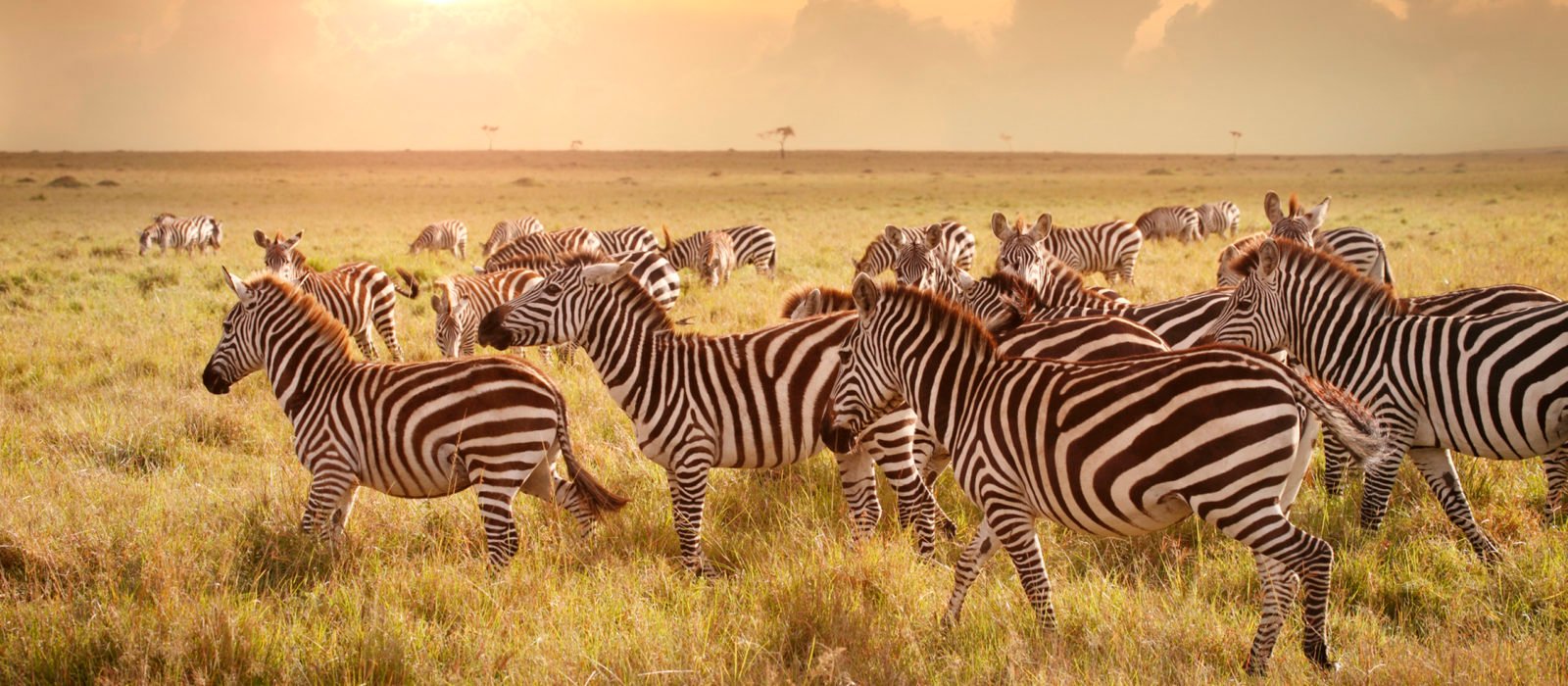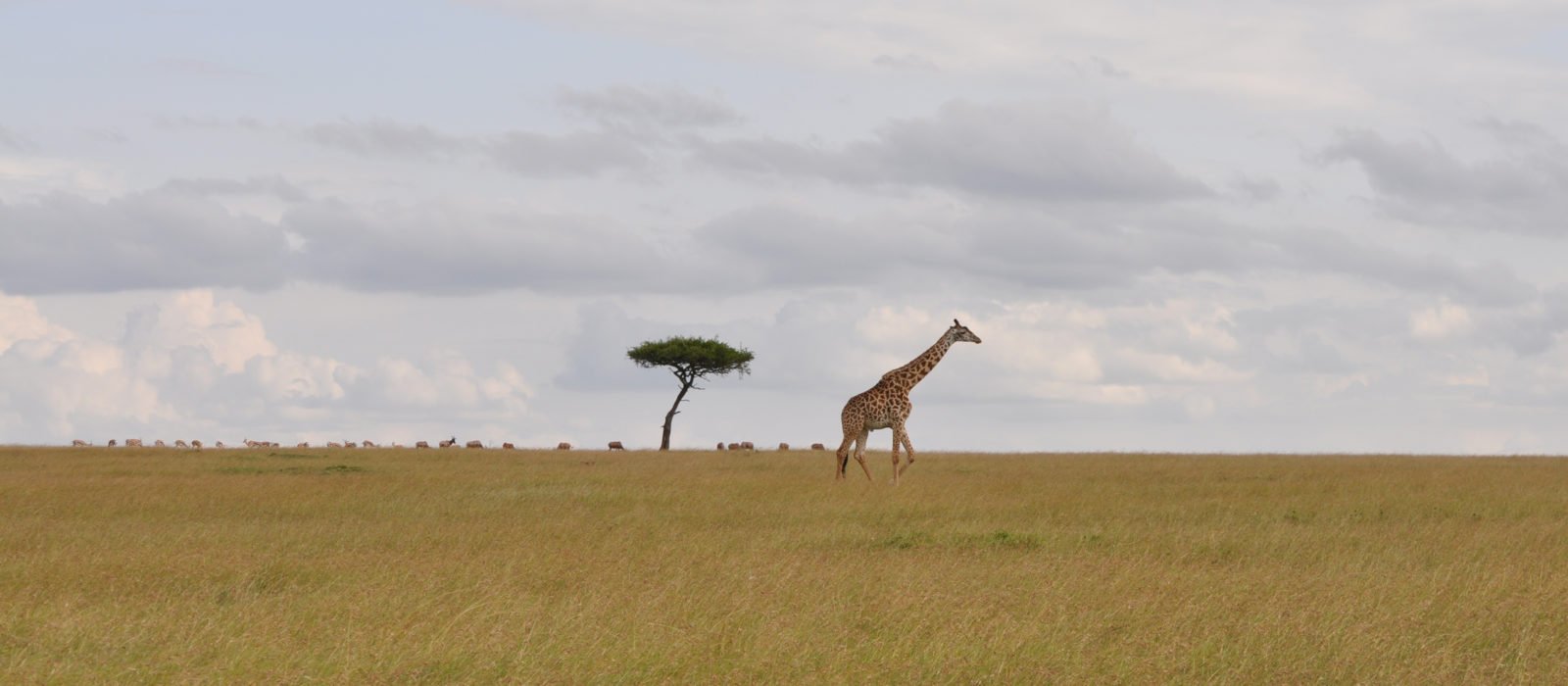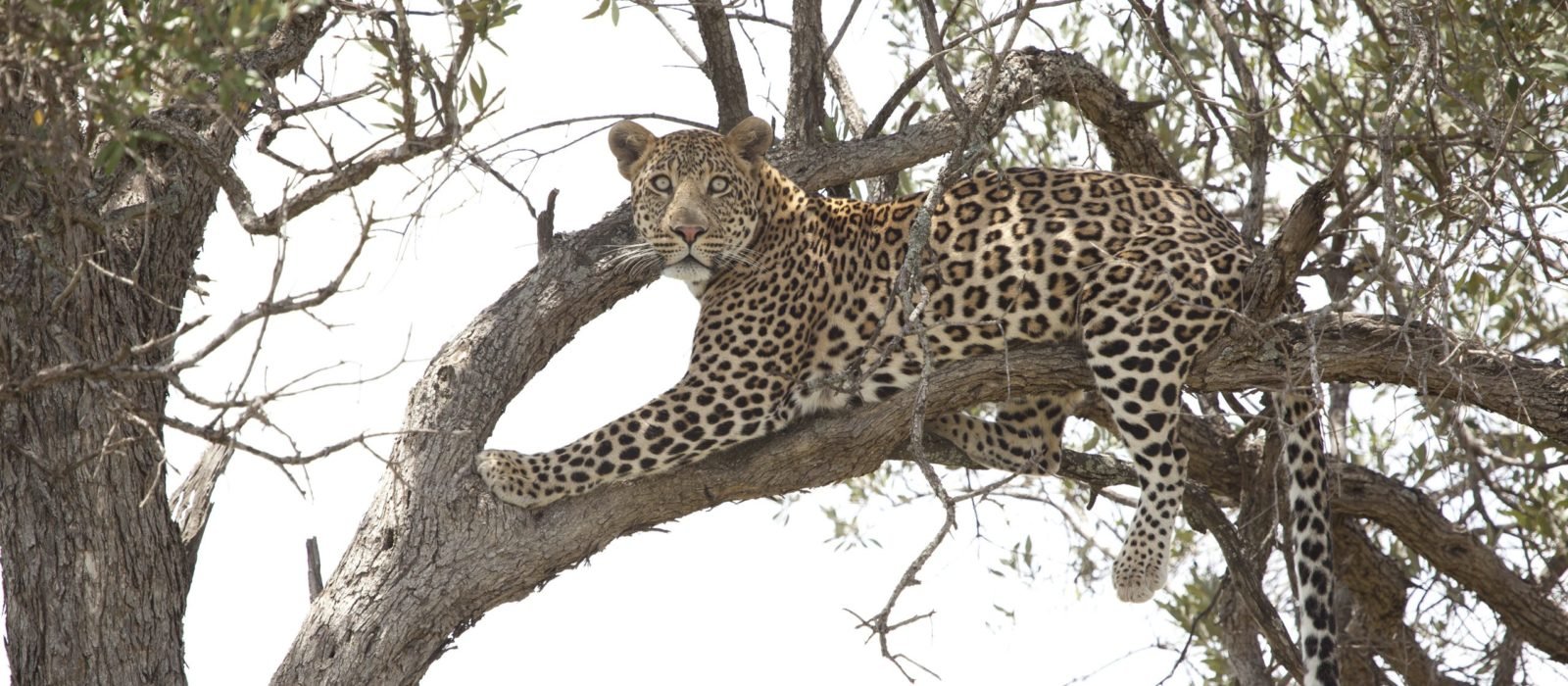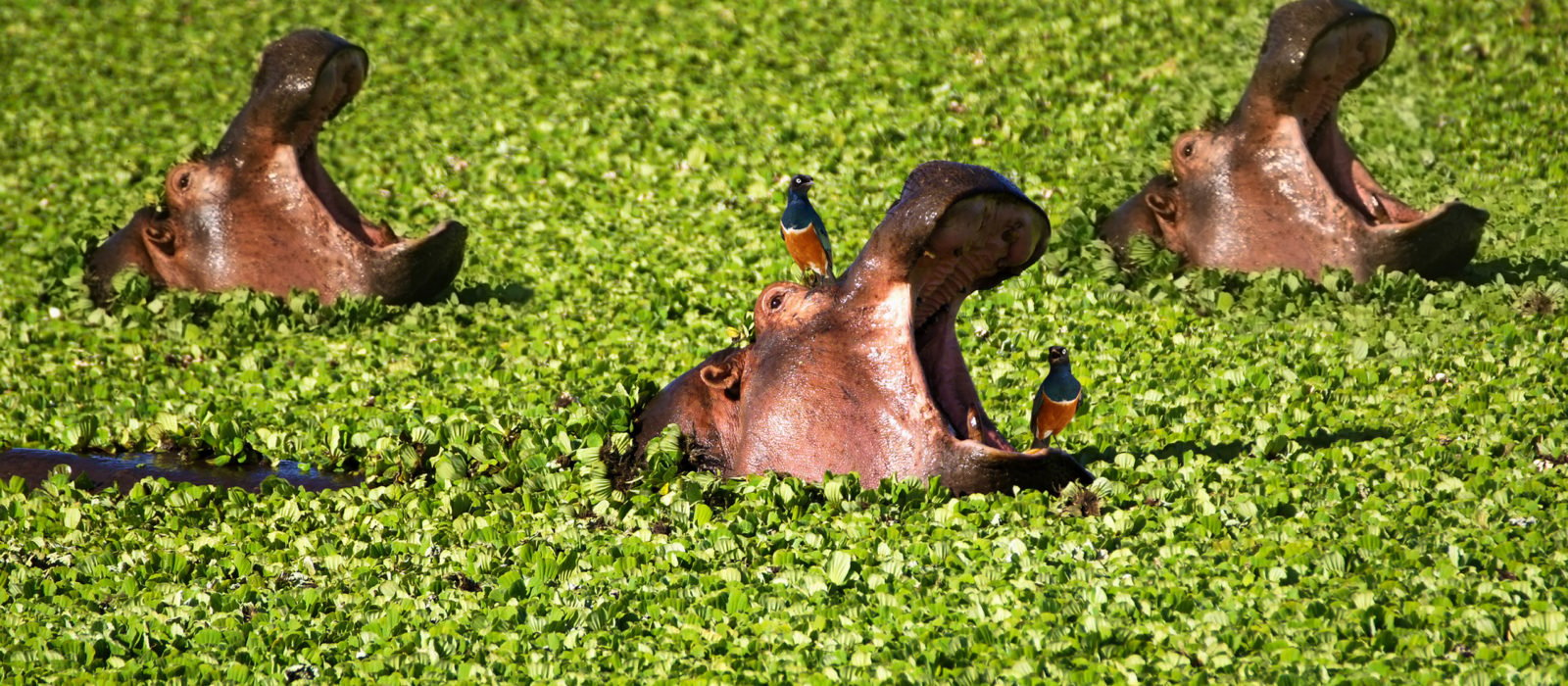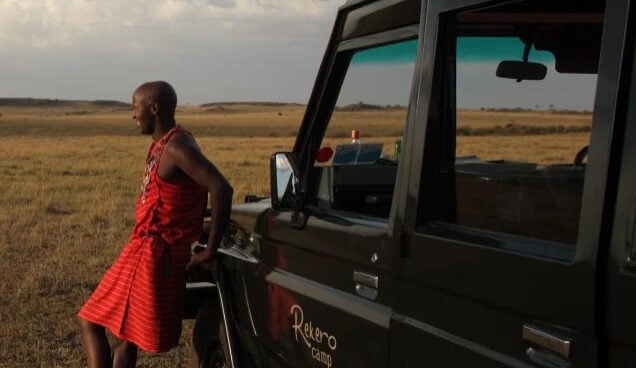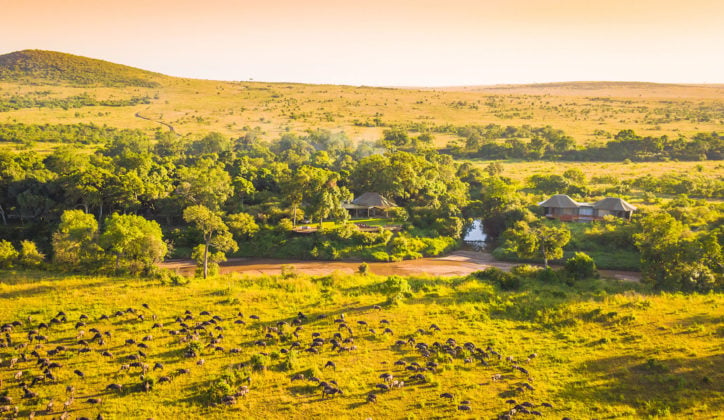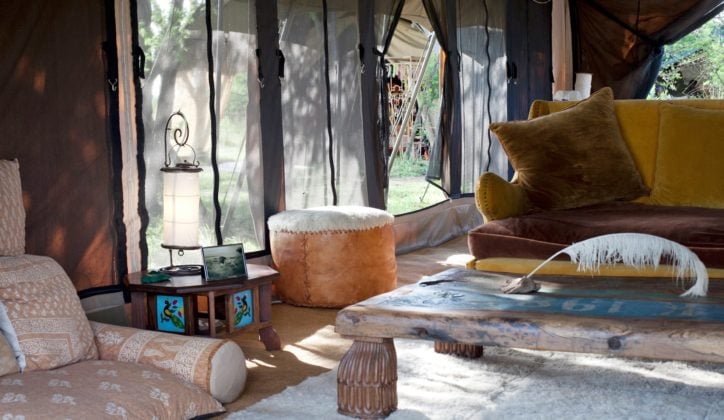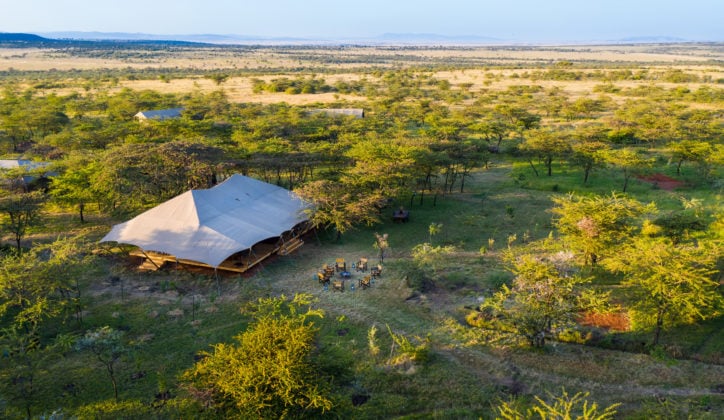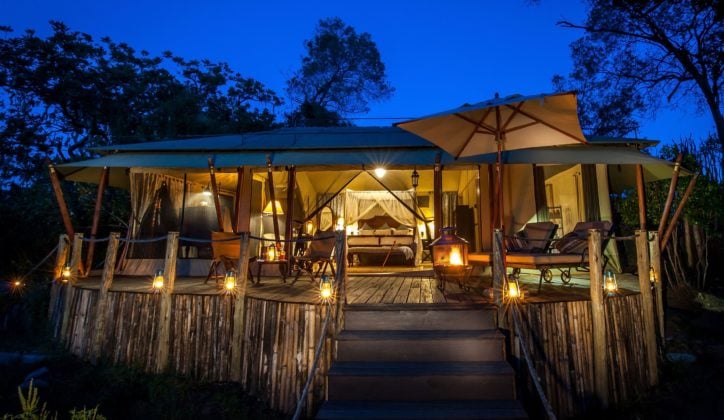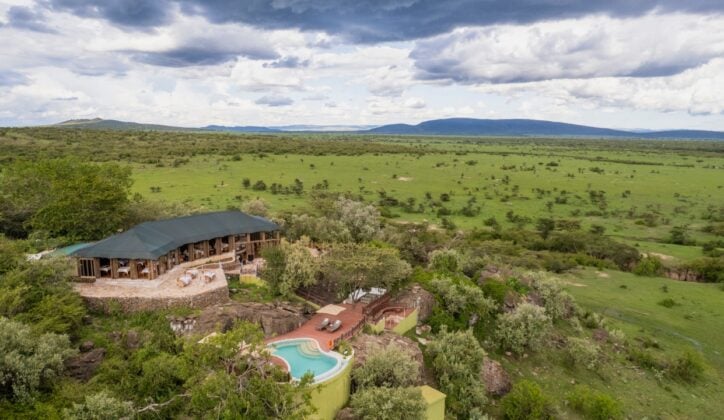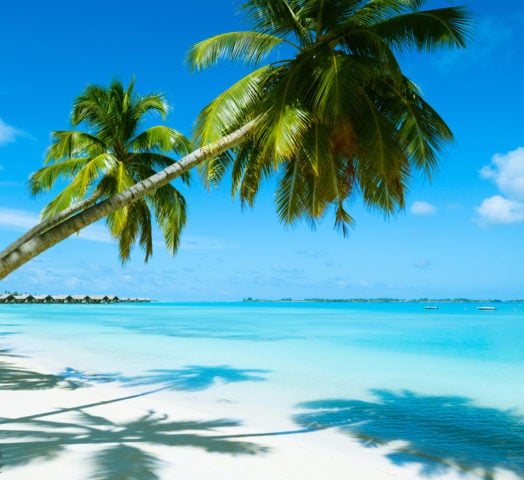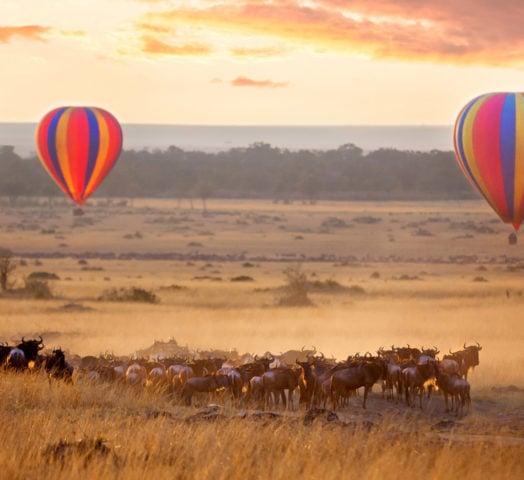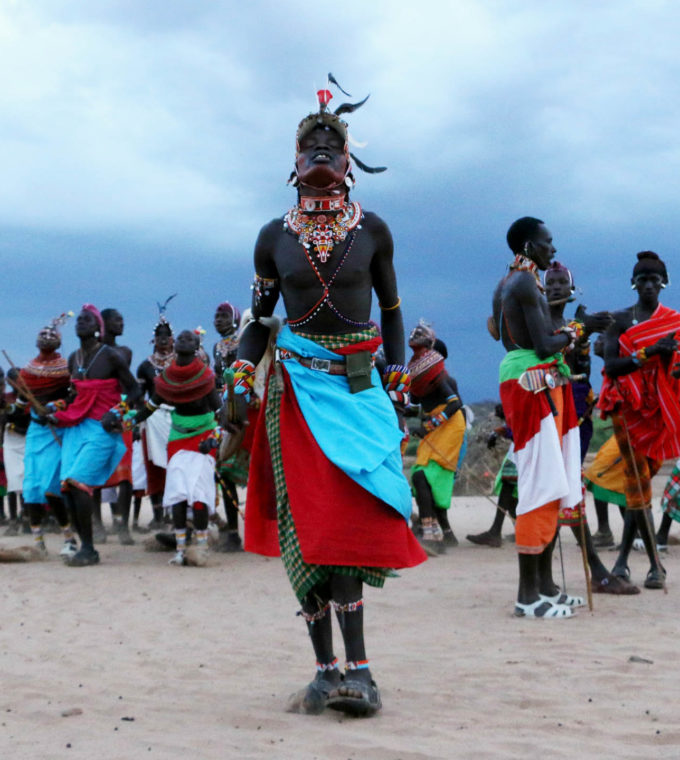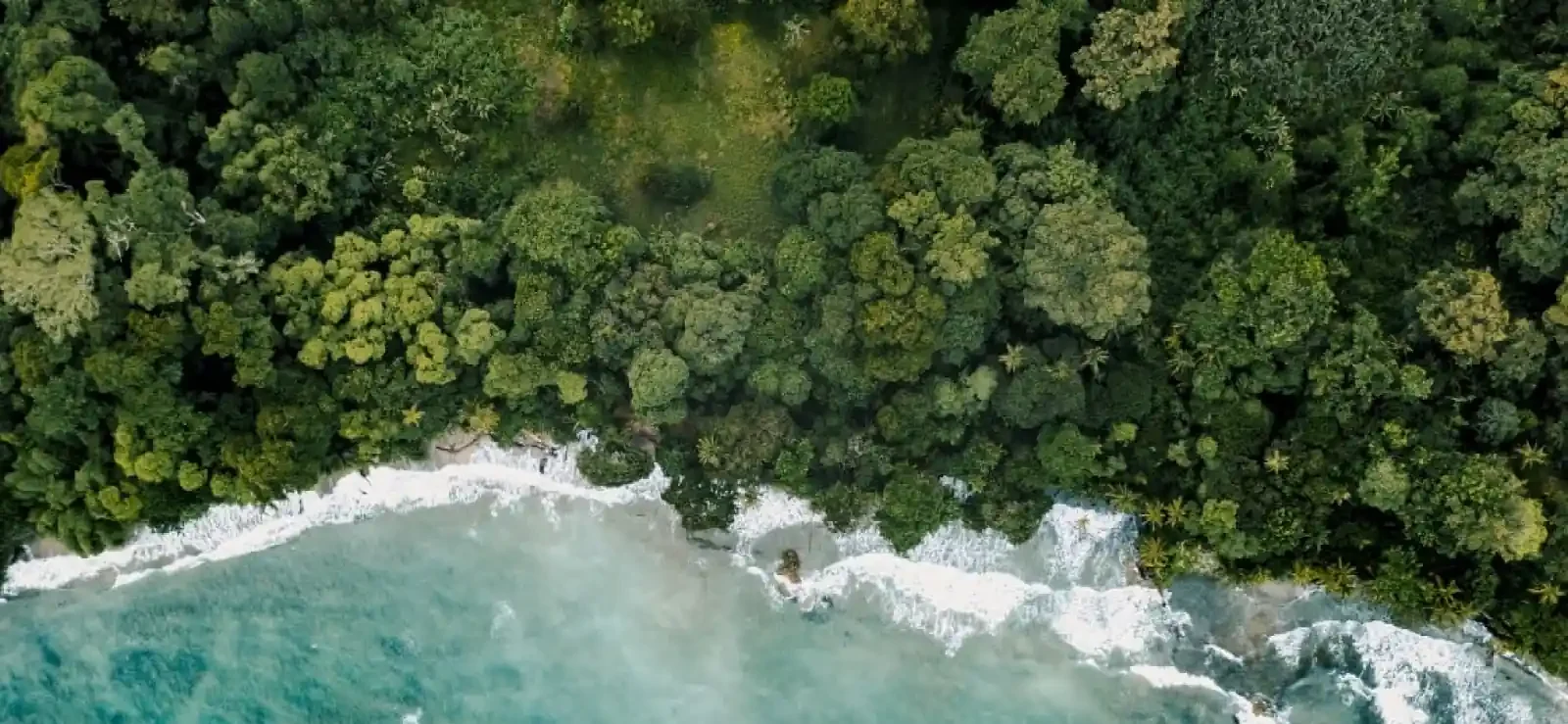The famous home of the Great Migration
Home to the Great Migration, where every year millions of wildebeest thunder across the plains in search of fresh pasture, Kenya‘s Maasai Mara is one of the most famous game reserves in the world.
At some point between July and October, the herds pour into the Maasai Mara from the dry plains of Tanzania’s Serengeti National Park. The wildebeest must cross the Mara River on the border, marking the most treacherous point in the journey, with hungry crocodiles waiting patiently beneath the surface. The sound of millions of clattering hooves and the spray of the water as they crash through the river is an incredible sight and one of Africa’s premier wildlife experiences.
It must not be forgotten, however, that the Maasai Mara has one of the highest concentrations of wildlife year-round. The big five can all be ticked off your list on a visit here, and you’ll also get to see huge pods of hippos basking in the rivers, cheetahs racing across the savannah and giraffes ambling between the acacia trees.
The Maasai Mara is located in the south west of Kenya on the border with Tanzania, forming part of what is known as the Serengeti-Mara ecosystem. The reserve is named after the Maasai people, who inhabit the area, and the Mara River which courses it way through the plains.
The distinctive red shawls of the Maasai tribe are a common sight while on safari here. Originally from what is now South Sudan, the Maasai have been grazing their cattle on these lands for hundreds of years and is still common practice for many. You’ll have the opportunity to learn all about their culture while in the Maasai Mari, adding another dimension to a trip in this incredible region.
Highlights
Visit during the period of the Great Migration to see millions of wildebeest run through the Maasai Mara, in search of fresh land
Tick off each of the Big Five: lion, leopard, rhino, elephant and African buffalo
Learn about the Maasai people and their culture

Emily Wallington
Travel Designer
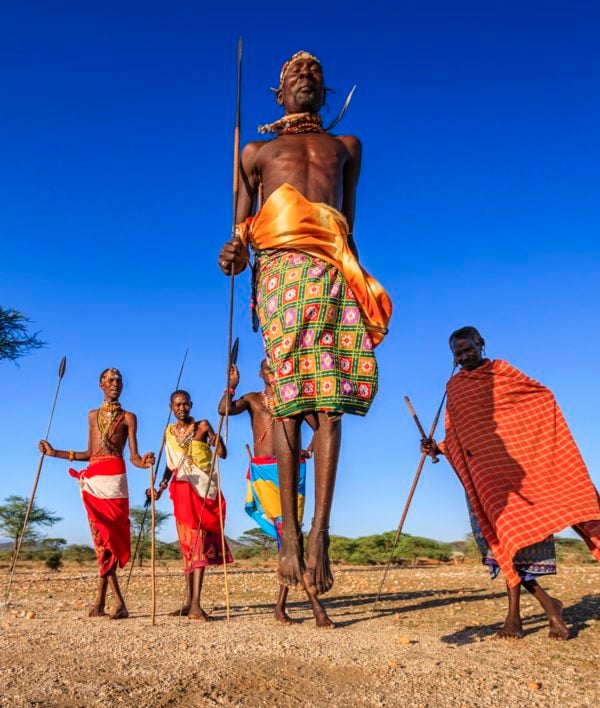
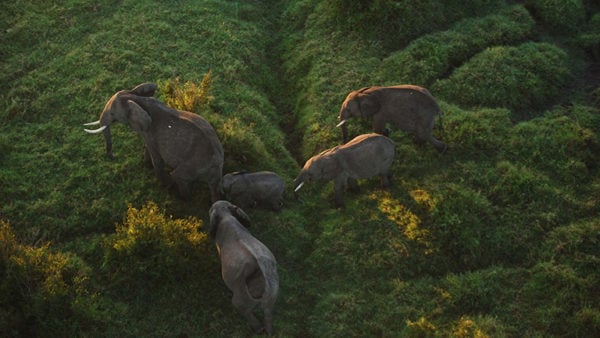
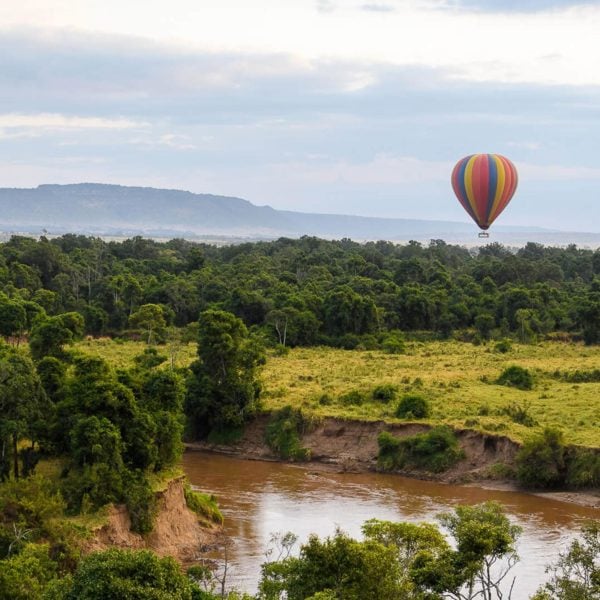
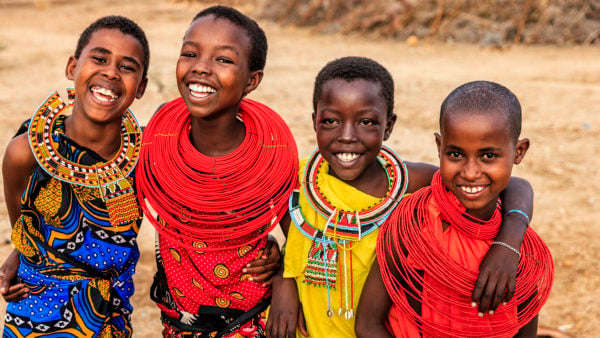
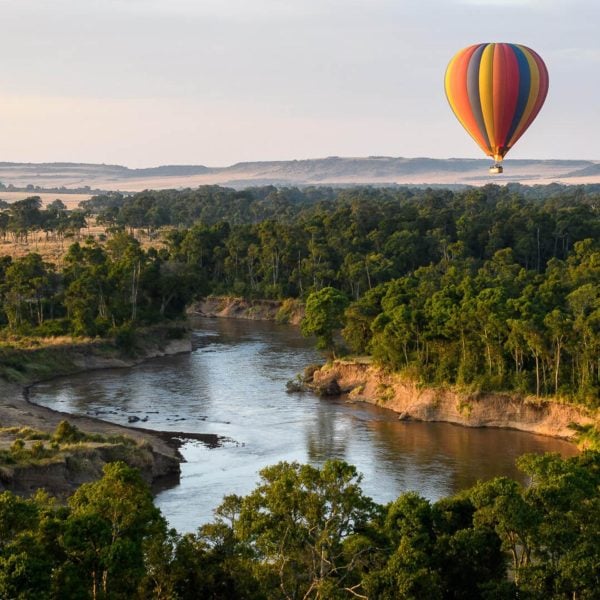
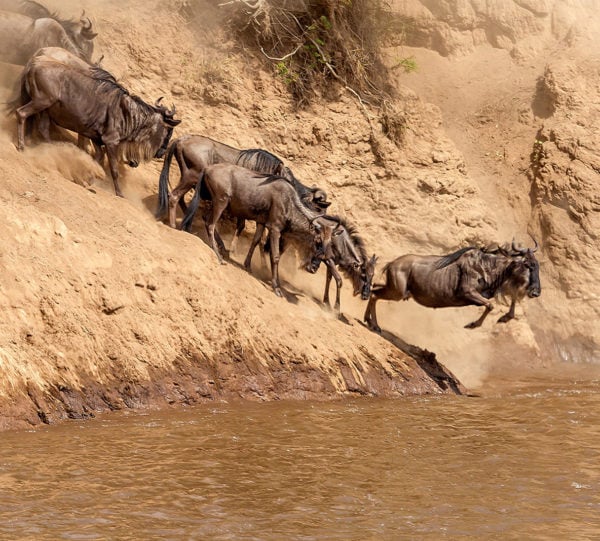
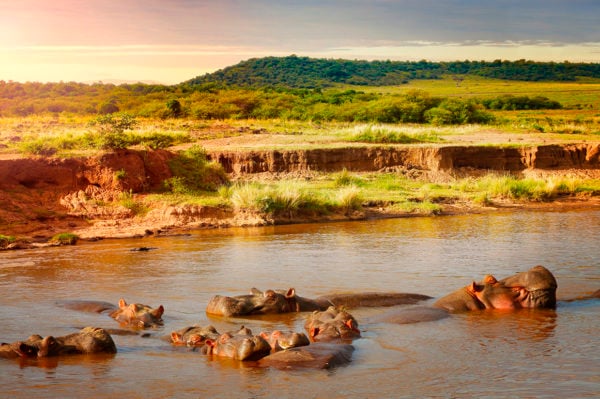
Seeing the Great Migration, one of natures most epic displays, is something I can't quite put into words. Pair this with the brilliant opportunity to see the Big Five, and it's clear to see why Maasai Mara is known as one of the best locations for spotting wildlife. It's a place that feels truly electric.

Emily Wallington
Travel Designer
Luxury accommodation in Maasai Mara
Why book with Jacada?

Safari expertise
Our experts bring decades of first-hand expertise. They’ve lived and travelled across Africa and are regularly on the ground reviewing the most exclusive camps and experiences. You’ll also have the support of a personal concierge, based in region.

Unforgettable guides
We handpick the most knowledgeable guides, who bring each destination to life with care and passion. They’re chosen for their ability to provide unrivalled insight into the region’s wildlife and landscapes as well as a genuine, memorable experience.

Responsible Travel
By travelling with us, you directly support a range of initiatives spanning wildlife conservation to community engagement. Our luxury trips are designed to prioritise experiences that are positive for you and the places you visit.
Trip Inspiration
Discover more of Kenya

Amboseli
Amboseli is famous. Everyone wants to experience the magnificent views over the border to Kilimanjaro, and feel the romantic atmosphere that comes from being in her presence.
Discover more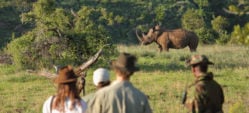
Borana Conservancy
Found at the foot of Mount Kenya and located within the vast Ewaso ecosystem, you’ll find the rugged savannah of the Borana Conservancy.
Discover more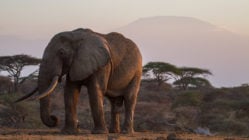
Chyulu Hills
Nestled between Tsavo and Amboseli National Parks are the Chyulu Hills – one of the world’s youngest volcanic mountain ranges. Stretching for 150km and reaching an altitude of just over 2,000m the landscape is characterised by lush green hills covered in dense cloud forest, solidifed lava flows spilling down the slopes giving away its explosive history.
Discover more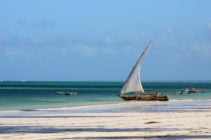
Kenyan Coast
There are few better ways to finish of a Kenyan safari than with a few final days relaxing on its golden coastline.
Discover more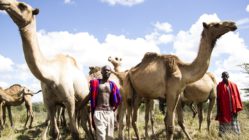
Laikipia Plateau
The high plains of Laikipia sit to the north east of the Great Rift Valley, the snowcapped peak of Mount Kenya towering in its southern corner. It is regarded as one of Kenya‘s premier wildlife destinations with big cats, huge herds of elephants and endangered black rhinos roaming the plains.
Discover more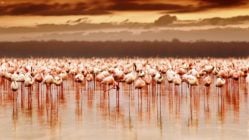
Lake Nakuru
Nakuru is the second major Rift Valley Lake that you will encounter when driving out onto your safari from Nairobi.
Discover more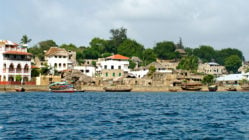
Lamu Archipelago
Authentic yet beautifully exclusive, the Lamu archipelago is the undisputed choice for seasoned travellers who wish to experience the off the tourist radar Kenyan coastline.
Discover more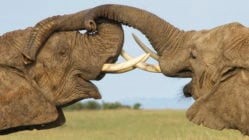
Lewa
Lewa is a private conservancy with diverse mix of habitats from grassland plains, forest, wetlands and hills.
Discover more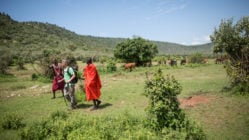
Loita Forest
Lying between the two greats of the Serengeti and Maasai Mara parks on the western edge of the Great Rift Valley, this relatively unknown forest “of the lost child” (Loita Naimena Enkiyio) is a microcosm of diverse habitats spanning 330 square kilometres of rolling hills of indigenous forest.
Discover more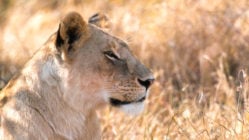
Mara Conservancies
For those seeking a more exclusive safari experience, the conservancies bordering the Maasai Mara National Park offer exceptional game viewing and far fewer visitors.
Discover more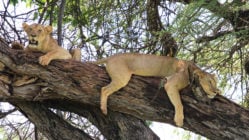
Meru National Park
Very much like the Samburu, Meru became famous through Joy Adamson’s novel ‘Born Free’ which was published in 1960 and later became a well known movie.
Discover more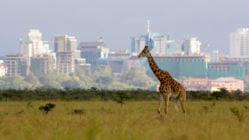
Nairobi
The capital city of Kenya is a busy one, and can be slightly overwhelming after a long flight but is often a necessary stopover for you to visit the special places this beautiful country has to offer as a safari destination.
Discover more
Samburu
North of the Laikipia Plateau is the scrubby open bushland of the Samburu National Reserve. This is the homeland of the Samburu people who were drawn here by the Ewaso Nyiro River which provided a reliable water source for their cattle.
Discover more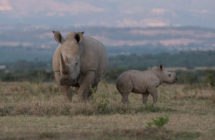
Solio Private Reserve
Nestled in a valley between the dramatic slopes of Mount Kenya and the rolling peaks of the Aberdare Mountains is Solio Private Reserve. Within the 45,000-acre wildlife sanctuary, 19,000 acres have been set aside as a conservancy geared towards conservation. Solio is Kenya‘s leading rhino breeding sanctuary and it has been so successful, rhinos have been transferred from here to other reserves across the country.
Discover moreMeet your Africa team
When to Visit Kenya
The best time to visit Kenya depends on what you’re after.
If you’re in search of the Great Wildebeest Migration, July to October is the best time to go. If you’re looking to spot some rare migratory birds, go between October and April. December to March is the warmest time to visit, and it’s a great time to go in search of the Big Five.

The Great Migration
July - October

Rare Migratory Birds
October - April

The Big Five
December - March
Kenya Featured Guides

Where to Stay in Maasai Mara: Top 11 Luxury Safari Camps & Lodges
Read more

From the Maasai Mara to the Big Cat Diary: An Interview with Jackson Looseyia
Read more

11 African UNESCO World Heritage Sites You Have to See
Read more

Our Guide to the Great Migration in Kenya
Read more

Why Go on Safari in Kenya?
Read more
Plan your trip to Maasai Mara
Whatever you want from your adventure in Maasai Mara, our team of expert travel designers are ready to help.
Communication with Jacada hit the right cadence and persisted before, during and after the trip. The team was great, supportive and very responsive and helped planned an itinerary with the perfect events for our family.
Perfectly planned and executed African safari
The organization and detail of travel was superb! Jody and Charlotte helped every step of the way. It was a luxury safari. The game drives and accommodations were wonderful. It was a trip of a lifetime!
Very reliable and clear experience with Jacada, ensured full delivery of all plans and even improved the offering for the same cost if for any reason something was not available. On the ground staff was reliable, safe, and clear throughout
This was probably the best vacation I’ve ever had. They thought of everything, and I truly felt like a VIP throughout the trip.
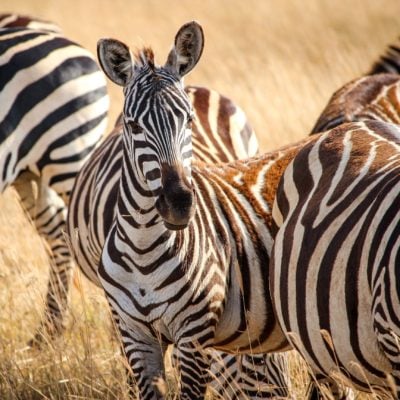
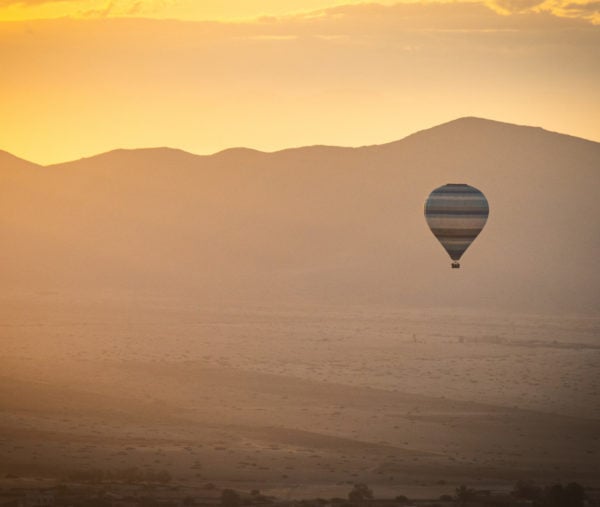
Plan with peace of mind
When you book a trip in today’s world there’s a lot to think about. But with the right advice and expert planning, you can do it with confidence.
If you book to travel with us but your plans are impacted by circumstances you can’t control, we’ll change your reservation or cancel your booking for a full credit towards future travel.
